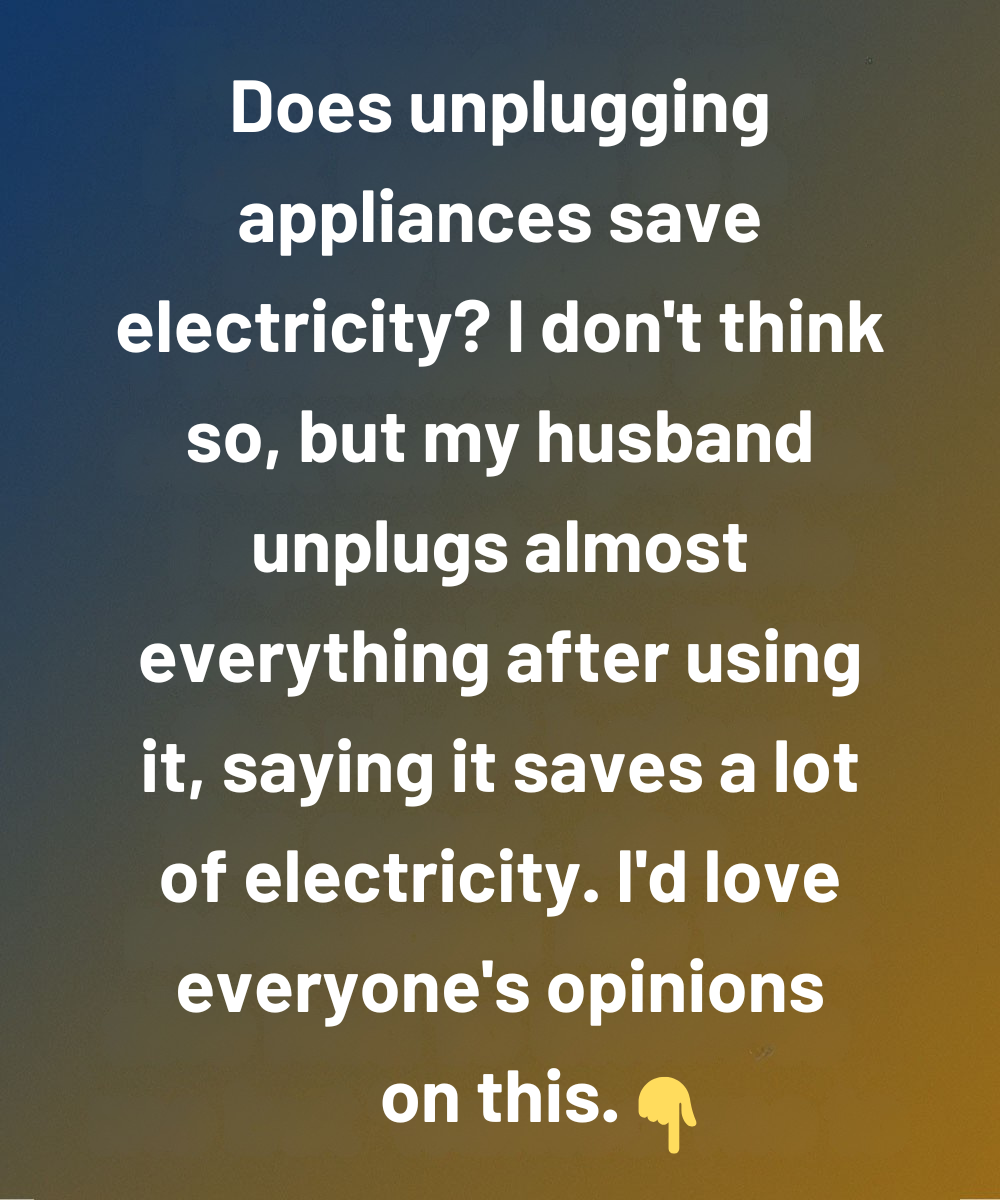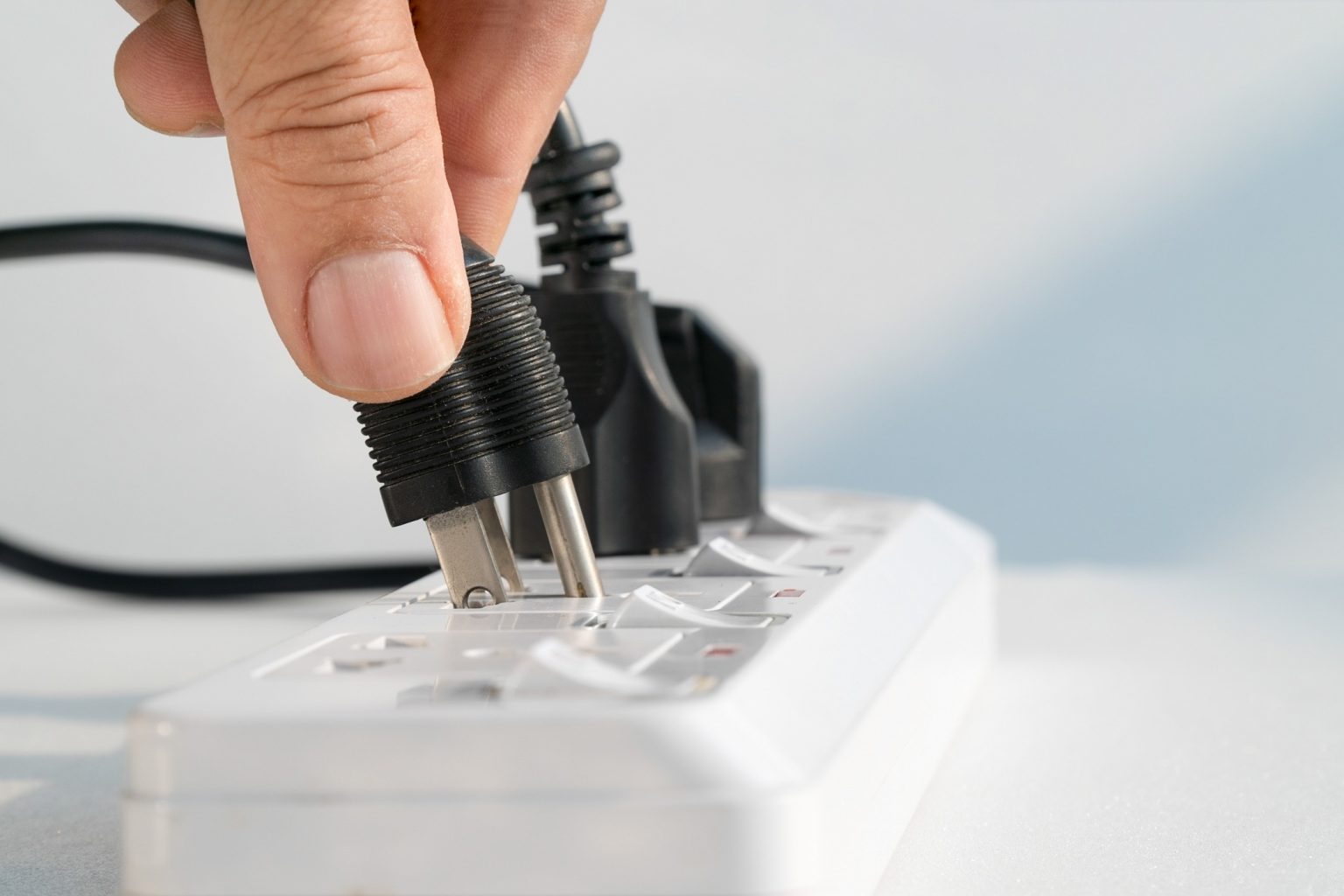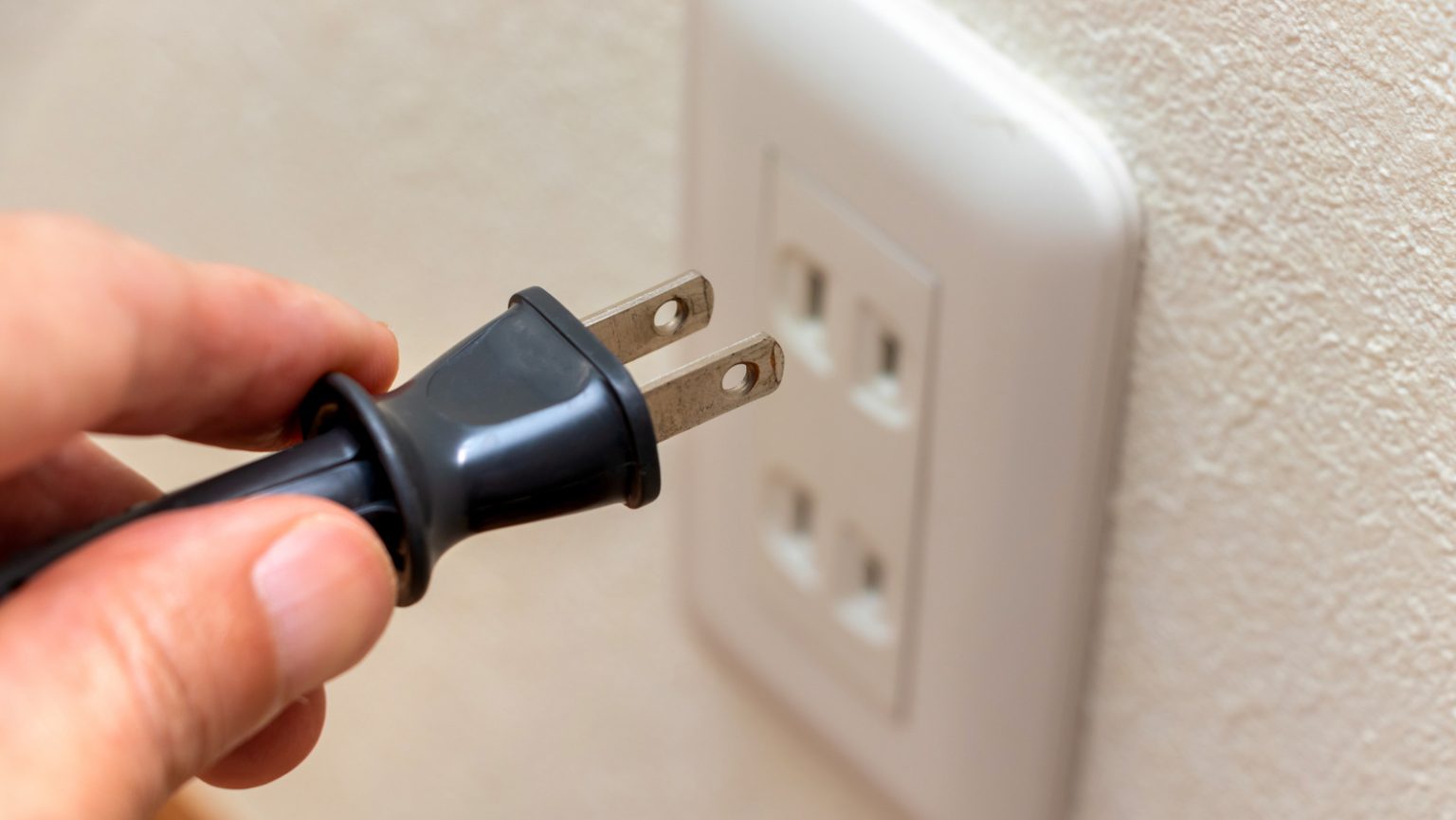Is Your Home Secretly Wasting Electricity? The Hidden Cost of Vampire Power
You might be shocked to learn that your electricity bill isn’t just going up because of your air conditioner or appliances—it’s also thanks to something lurking quietly in your home: vampire power. These sneaky energy drains come from devices that draw electricity even when you think they’re completely off.
So, what is vampire power exactly? Also known as phantom load or standby power, it’s the electricity used by electronics that:
Appear off but remain plugged in
Stay in standby mode, ready to turn on instantly
Keep features like clocks or indicator lights running
Are connected to chargers even if nothing’s charging
The Usual Culprits
A wide range of devices contribute to this stealthy power use, including:
Phone and laptop chargers
Smart TVs, gaming consoles, and soundbars
Coffee makers with built-in clocks
Desktop computers, monitors, and printers

Chargers for toothbrushes, vacuums, and controllers
Microwaves with glowing digital displays
Experts estimate that vampire power accounts for roughly 5 to 10 percent of the average home’s annual electricity use—imagine paying for a room in your house you never actually enter.
What’s This Costing You?
While unplugging everything might sound inconvenient, even small steps can make a difference. Households can save around $100 to $200 a year by tackling these phantom loads.
Here’s a breakdown of typical yearly costs for some common devices left plugged in:
Gaming consoles (like PS5 or Xbox): $30–$60
Cable or satellite boxes: $40–$80

Coffee makers with clocks: $10–$15
Laptop chargers (always plugged in): $5–$10
TVs and soundbars combined: $25–$50
Add those up across multiple gadgets, and the dollars start adding up quickly.
When You Should Keep Devices Plugged In
Not everything should be unplugged to save power. Some devices need constant electricity for safety or functionality:
Refrigerators and freezers (to avoid spoiled food)

Medical equipment like CPAP machines
Wi-Fi routers and modems (for smart home connectivity)
Security systems and baby monitors
Cable boxes (which can take forever to reboot)
The trick is knowing when to unplug—and when to leave devices powered.
Smart Tips to Slash Vampire Power
Use smart power strips: These cut electricity to secondary devices when the primary device is turned off, such as powering down your soundbar when the TV is off.
Group devices on one strip: Put all entertainment or kitchen gadgets on a single power strip so you can switch them off all at once.
Unplug chargers when not in use: Chargers draw power even if no device is connected.
Opt for energy-efficient products: Look for ENERGY STAR® labels and devices with real power-off switches.
Adopt the ‘last one out’ habit: Before bedtime or leaving home, do a quick sweep to unplug or switch off unnecessary devices.
Final Thoughts
Though it may seem minor, vampire power quietly drains both your bank account and the environment. By being mindful—using smart strips, unplugging idle chargers, and selectively powering devices—you can make meaningful savings over time. Those small steps may feel trivial day-to-day, but across a year, they add up to real money in your pocket and a greener footprint on the planet.
